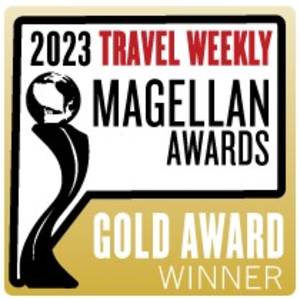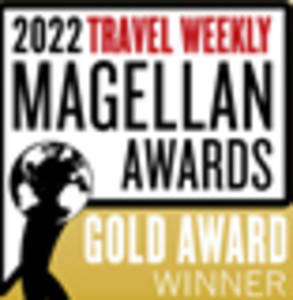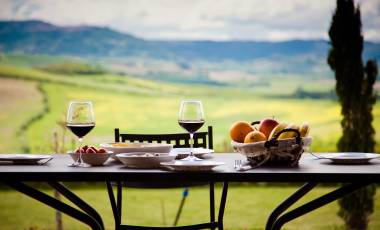
From geothermal spas to celebrated wine and food regions, take a true break from the everyday at these leisurely destinations in Europe.
This is a big meat-eating country from the first meal to the last. German breakfasts are simple; bread or toast with a choice of jams and cold meats, some sliced cheeses.
Lunchtime is seen as the main meal of the day. However, not everyone follows this as a rule of thumb these days. Lunches consist of sandwiches, or a variety of meats, sausages, cheeses and breads. Dinner is typically a hot meal of stews or soups. Snacking on coffee and cake is also very popular with German people.

Across Germany’s 16 states, there are some very distinct regional dishes. Bavaria in the southeast, where many American soldiers were once stationed during the division of the country after WWII, is famous for beer, pretzels and dumplings. Franconia, also in the southeast, is the wine region of Germany – it’s renowned not just for its white wines but also for its lamb. The southeast is also home to Munich – the Bavarian capital and, for many, the beer capital of Germany. There is no better dish to eat alongside a cold stein of beer in the beer halls of the city than the traditional schweinshaxe or roasted ham hock with fried potatoes.
Frankfurt is Germany’s most central city and boasts not only the sausage named after it but also a number of surprises. When it comes to alcohol the drinking culture is as big as any other German city, but Frankfurt bucks the trend somewhat. Rather than beer, Frankfurt’s drink of choice is a tart cider called appelwoi. After indulging in pork dishes and glasses of cider, their dessert of choice is the Frankfurter Kranz – a layered sponge cake with buttercream icing and fruit.
The Southwest and Black Forest region have inherited many culinary traditions from the French and specialize in assorted meats and cheeses. Saxony in the east is famous for its cakes and spicy Thuringian sausage, spiced with caraway and marjoram. Berlin, frequently described by locals as the cultural and culinary hub of the country, boasts a variety of influences and food from around the country and the world.
The west and north lean towards heavier fare with a love for blood puddings and potato cakes. As you hit the coast you will notice an increase in herring, crab, shrimp and mussel dishes.
Germans take their food seriously. After France, Germany is home to the most Michelin starred restaurants in the world (282). Having reinvented its image from ‘homely’ to ‘wholesome’, new modern twists on classic recipes are driving people out to dine.

When in Germany, try some of these reliable classics.
Weisswurst – A traditional white sausage of Bavaria made with a combination of veal and pork. Eaten as a snack rather than a main course, it’s served alongside a soft salted pretzel and dipping mustard.
Maultaschen (Swabian ravioli) – Much larger than their Italian cousin, these ravioli are made with thicker dough and principally contain minced smoked meat, bread or crumbs, spinach, parsley and nutmeg. Served in a clear broth this is a classic example of hearty Germanic food.
Kölsch Beer – Germany is flush with crisp fragrant beers. Kölsch beer originated in Cologne and is unusual; it is fermented with ale yeast but brewed at cold temperatures like a lager. As a result, it is a bright yellow color and is seen as a cult beer.
The Neunerlei feast – A product of Saxony and fit for any king. This nine-course meal is the centrepiece of the Erzgebirge Christmas celebrations. The components of the nine courses can vary, but most incorporate bratwurst, sauerkraut, meat-filled dumplings and various mushrooms and nuts.
Black Forest Gateau – It is Germany’s greatest dessert and remains the king of cakes. Smothered in cherries, cream and chocolate shavings, it is a sinful delicacy like no other.
Wine – West Germany and the areas around the UNESCO protected Rhine Gorge are German wine territory. There are 13 wine-growing regions including beautiful Baden–the warmest and sunniest wine-growing region of them all. The renowned Riesling is the best known (white) grape but there are also several fine pinot noirs.

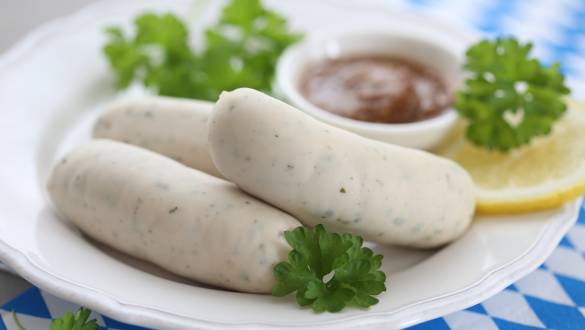




From geothermal spas to celebrated wine and food regions, take a true break from the everyday at these leisurely destinations in Europe.
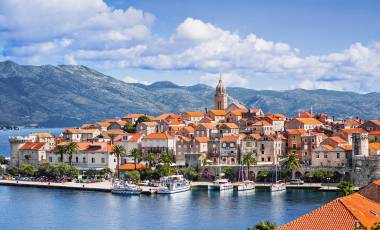
As part of our ongoing coverage of travel during the COVID-19 pandemic, we’re providing updates on specific regions.
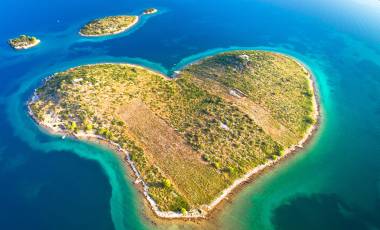
From dramatic ice caps and jewel-toned lakes to remote islands covered in verdant jungle and volcano craters, explore The Continent differently.
Sorry, your search found no results.
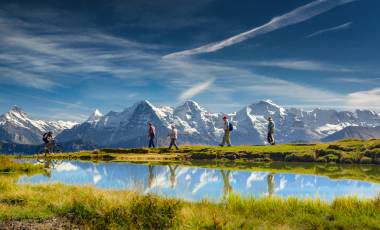
Discover some of Central Europe’s most beautiful and historic cities on this enchanting rail journey that takes you through Austria, Germany and Switzerland. Delve into the rich artistic and cultural heritage of Vienna and Salzburg on guided walking tours. The Old Towns of Munich and Zurich, dotted with churches and beautiful heritage buildings will take…
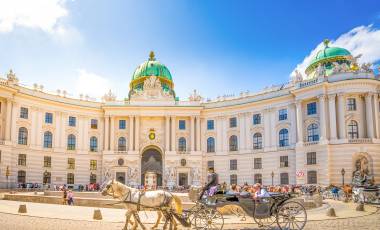
Grand castles, opulent palaces, stately churches, and more are on the cards as you travel through the historically rich cities of Vienna, Salzburg, and Munich. Art and architecture are the main themes as you visit the most famous buildings and monuments of Vienna. Views of rolling hills and vineyards keep you company as you drive…
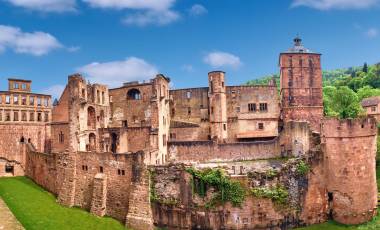
Discover Germany’s rich history and culture, and admire its stunning landscapes over the course of 11 memorable days. Your journey begins with a walking tour of Berlin. Learn about a tumultuous time in Germany’s past as you visit historic landmarks such as the Reichstag Building, Hitler’s bunker, and the Holocaust Memorial. Go even further back…
Sorry, your search found no results.
Germany has been central to the existence, development, destruction and the rebuilding of Europe. Discover all about the country’s history and what to expect on your tour of Germany.
Often called ‘the country of poets and thinkers’, German culture is rich and diverse. Read more about the local culture and what to expect and look forward to, on your trip to Germany.

